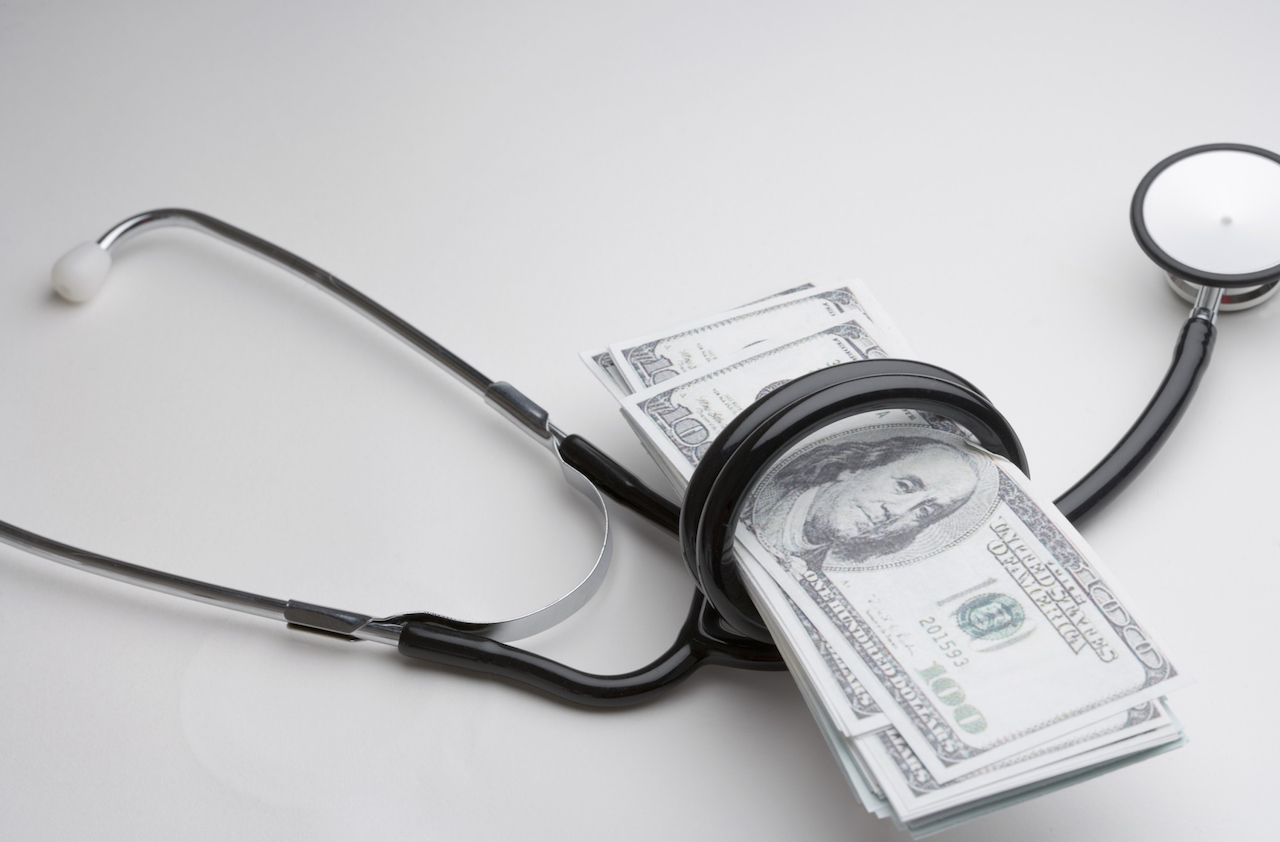Tactics to Get the Most From Your Health Plan in 2016
Costs are rising, but you may find more ways to save.


Whether you get coverage through your employer or on your own, it’s time to pick your health plan for 2016. Premiums and out-of-pocket costs continue to rise (not always in obvious ways), but you may find new incentives that can help contain your costs.
Large employers expect their health care tab to increase by about 5% for 2016, according to the National Business Group on Health. They plan to pass along some of the increase to employees, particularly when it comes to dependents; employees should now expect to contribute 20% of their own premiums and 24% for their dependents (higher-income employees may pay more). About one-third of employers plan to add a surcharge for spouses who could get coverage elsewhere.
Because of the Supreme Court decision that same-sex couples have a constitutional right to marry, nearly one-fourth of employers who offer domestic partner coverage specifically for same-sex couples plan to drop that benefit for 2016, according to a survey by human resources consultant Mercer. Affected same-sex couples would need to marry to continue coverage for a partner. Among companies that offer domestic partner benefits to both same-sex and opposite-sex couples, 8% plan to drop the benefit this year.

Sign up for Kiplinger’s Free E-Newsletters
Profit and prosper with the best of expert advice on investing, taxes, retirement, personal finance and more - straight to your e-mail.
Profit and prosper with the best of expert advice - straight to your e-mail.
Employers continue to give employees a stake in controlling costs: 83% of large employers plan to offer a consumer-directed health plan in 2016, in most cases high-deductible health insurance paired with a health savings account; 33% will make it their only option. More than half contribute to employees’ HSAs, giving them tax-free money for medical expenses; some add more if you participate in a wellness program to stop smoking or lose weight, for example, or take a health risk assessment. “Wellness incentives can put money in your pocket,” says Sandy Ageloff, of Towers Watson, a benefits consulting firm.
Many insurers are adding telemedicine—doctor’s appointments either over the phone or online—as a way to provide lower-cost care in certain situations. A telemedicine doctor’s appointment may cost $40 or $50, while an actual office visit might cost $150.
High-priced specialty drugs are the fastest-growing portion of employers’ medical costs. You may have to pay 30% or more of the cost of these drugs or face hurdles before they’ll be covered. You may be required to try a lower-cost medication first or to get preauthorization. Before switching plans, check if your meds are covered and compare out-of-pocket costs and special requirements. Look for discounts at preferred pharmacies.
Many of these trends will be more pronounced if you buy health insurance on your own. Open enrollment for individual health insurance runs from November 1 to January 31. It’s important to compare your options, because some insurers are increasing premiums much more than others. New insurers are entering the market in several states, and you may get a different premium subsidy based on changes in your income and premiums in your area. Provider networks continue to shrink, so make sure your doctors are included.
If you don’t have coverage, there’s more incentive to get it: The penalty for not having insurance in 2016 jumps to $695 per person or 2.5% of yearly household income, whichever is larger.
Get Kiplinger Today newsletter — free
Profit and prosper with the best of Kiplinger's advice on investing, taxes, retirement, personal finance and much more. Delivered daily. Enter your email in the box and click Sign Me Up.

As the "Ask Kim" columnist for Kiplinger's Personal Finance, Lankford receives hundreds of personal finance questions from readers every month. She is the author of Rescue Your Financial Life (McGraw-Hill, 2003), The Insurance Maze: How You Can Save Money on Insurance -- and Still Get the Coverage You Need (Kaplan, 2006), Kiplinger's Ask Kim for Money Smart Solutions (Kaplan, 2007) and The Kiplinger/BBB Personal Finance Guide for Military Families. She is frequently featured as a financial expert on television and radio, including NBC's Today Show, CNN, CNBC and National Public Radio.
-
 Is ESPN’s New Streaming Service Worth It?
Is ESPN’s New Streaming Service Worth It?ESPN will release its standalone streaming service this fall for $29.99 per month for one year. Is it worth the cost? We'll break it down.
-
 Why Shark Tank’s Barbara Corcoran Is Selling Her $12 Million NYC Dream Home
Why Shark Tank’s Barbara Corcoran Is Selling Her $12 Million NYC Dream HomeReal estate mogul Barbara Corcoran is trading her luxurious NYC penthouse for a more age-friendly space that will fit her future lifestyle — here’s what to consider when planning for the long term.
-
 Roth IRA Contribution Limits for 2025
Roth IRA Contribution Limits for 2025Roth IRAs Roth IRA contribution limits have gone up. Here's what you need to know.
-
 Four Tips for Renting Out Your Home on Airbnb
Four Tips for Renting Out Your Home on Airbnbreal estate Here's what you should know before listing your home on Airbnb.
-
 Five Ways to a Cheap Last-Minute Vacation
Five Ways to a Cheap Last-Minute VacationTravel It is possible to pull off a cheap last-minute vacation. Here are some tips to make it happen.
-
 How to Figure Out How Much Life Insurance You Need
How to Figure Out How Much Life Insurance You Needinsurance Instead of relying on rules of thumb, you’re better off taking a systematic approach to figuring your life insurance needs.
-
 Amazon Big Deal Days Is Coming! We’ve Got All the Details
Amazon Big Deal Days Is Coming! We’ve Got All the DetailsAmazon Prime To kick off the holiday season with a bang, Amazon Big Deal Days runs Tuesday, October 8 and Wednesday, October 9.
-
 How to Shop for Life Insurance in 3 Easy Steps
How to Shop for Life Insurance in 3 Easy Stepsinsurance Shopping for life insurance? You may be able to estimate how much you need online, but that's just the start of your search.
-
 Five Ways to Shop for a Low Mortgage Rate
Five Ways to Shop for a Low Mortgage RateBecoming a Homeowner Mortgage rates are high this year, but you can still find an affordable loan with these tips.
-
 Retirees, It's Not Too Late to Buy Life Insurance
Retirees, It's Not Too Late to Buy Life Insurancelife insurance Improvements in underwriting have made it easier to qualify for life insurance, which can be a useful estate-planning tool.